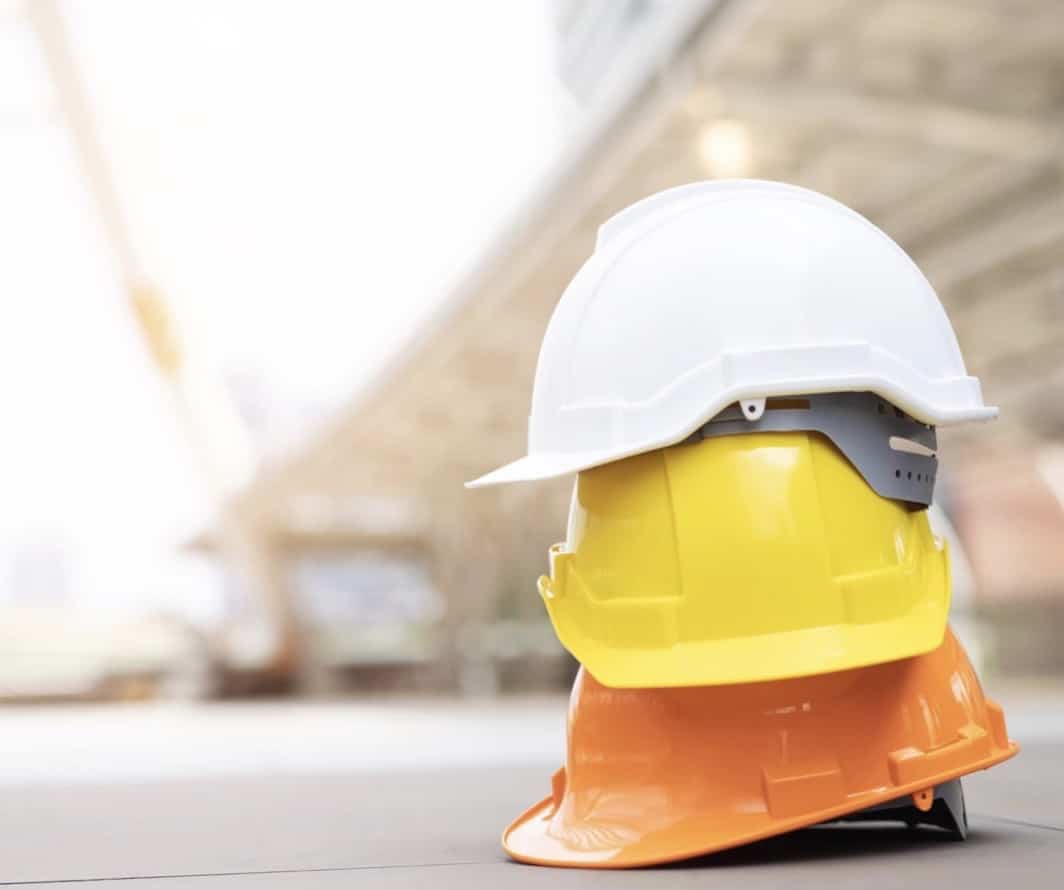Construction Workers at Highest Risk for TBIs

Construction workers are at a higher risk of serious and fatal injuries than workers in most other industries. Construction-related traumatic brain injuries (TBIs) are some of the most severe injuries, which critically impact thousands of workers and families annually.
In 2016, the National Institute for Occupational Safety and Health (NIOSH) designated construction as the country’s leading work industry for fatal and non-fatal TBIs. While statistics have shown a steady decline in the prevalence of TBIs over the years, NIOSH researchers did not attribute the trend to safer worksites but rather to changes in the economy, such as fewer tradesmen and contractors.
TBIs cause catastrophic consequences, and most are often preventable. Construction employers and contractors can take several steps in their everyday practice to reduce the risk of TBIs on the worksite and protect the workers from irreparable harm. In the rest of this article, we’ll look at the leading causes of TBIs in construction and the safety steps companies can implement to prevent them.
What is a TBI?
The Brain Injury Association of America (BIA) estimates that over 2.5 million Americans suffer from TBIs annually. TBIs involve brain injuries caused by sudden trauma or force to the head; this could be in the form of a blow, cut, jolt, or other blunt force.
TBIs are diagnosed on a scale from mild to moderate to severe and classified as closed (non-penetrating) or open (penetrating). The most common causes of TBIs nationwide are car accidents, slip and falls, assaults, sports injuries, and construction accidents.
You can find out more about traumatic brain injuries and how you can spread brain injury awareness here.
Most Common Causes of Head Injuries
Between 2003 and 2010, the NIOSH reported over 2,200 worker fatalities related to TBIs, constituting 25% of all fatal construction injuries during this period.
Studies show that most construction-related TBIs result from two types of accidents: falls and being struck by moving vehicles. Both accidents are among OSHA’s Fatal Four; falls have been the leading cause of fatal construction accidents for years.
Falls
In recent years, falls have surpassed motor vehicle accidents as the leading cause of work-related TBI. The most common of these incidents, responsible for over half of all fatal TBIs, include:
- Ladders
- Roofs
- Scaffolding
Falls are not only the most common injury leading to TBIs in construction, but they yield the most severe consequences. NIOSH reported that more than 50% of work-related TBIs caused by falls resulted in fatalities. The highest in the construction trades for fatal falls included steel and structural ironworkers.
Struck-By Accidents
While this study specifically addresses the prevalence of being struck by motor vehicles, struck-by injuries leading to TBIs can involve any object that comes in contact with a worker’s head that leads to an injury. Common struck-by injuries on worksites involve machinery, falling or flying tools, beams, and other building materials moving about the job site.
Motor Vehicle
Occupational motor vehicle accidents are the second most common cause of fatal workplace accidents. These accidents can involve company cars, vans, and trucks but also include smaller vehicles, such as forklifts, and larger pieces of machinery that have driving capabilities.
How To Reduce Construction-Related TBIs
By implementing standard safety practices, employers and workers can significantly reduce construction-related TBI accidents on the job. Specific trades may need to enforce stricter and more robust safety policies depending on their level of risk, but all worksites can use the following practices to reduce harm:
- Hardhats: Ensure workers are wearing hardhats on the worksite at all times. Workers should be fit tested for the correct size helmet to reduce slipping. If using second-hand equipment, the fit should be secure with no damage.
- Guardrails: Guardrails can be used to protect workers from areas where fall risks are present. The Occupational Safety and Health Administration (OSHA) requires all guardrails to withstand 200 pounds of pressure with 2inches of the top edge. Find more OSHA regulations for guardrails here.
- Safety Harnesses: When employees are working from elevated heights, safety harnesses can prevent falls that lead to TBIs. This type of fall protection should be utilized at elevations of four-eight feet, depending on your trade requirements.
- Vehicle Safety: Ensure workers operating motor vehicles around the worksite are trained to do so safely. Create a vehicle safety policy to be followed that includes following local traffic laws, speed limits, and steps to reduce accidents on the worksite.
Pazer Epstein Jaffe Fein & Gozenput, P.C. NYC Construction Accident Attorneys
At the law firm of Pazer Epstein Jaffe Fein & Gozenput, P.C., we have been fighting for New York City workers and victims of construction accidents for over 60 years. If you or a loved one has been seriously injured on a construction worksite, contact one of our attorneys for a free consultation through our online form or call 212-227-1212.
Related Posts
Categories